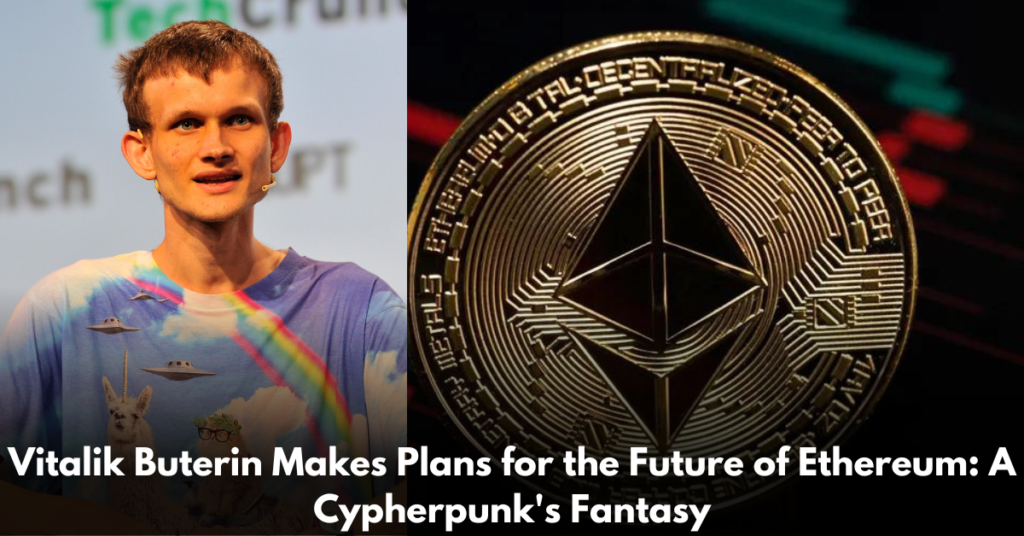Vitalik Buterin Makes Plans for the Future of Ethereum: A Cypherpunk’s Fantasy
Vitalik Buterin, one of the co-founders of Ethereum, has shared his vision for the future of the Ethereum ecosystem, which centers on the development of various decentralized tools and privacy technologies. He intends to establish an ecosystem that is both more secure and more adaptable. A movement known as cypherpunks, which advocates for cryptography and technologies that enhance privacy, is of the opinion that decentralized, anonymous systems have the potential to provide greater measures of personal freedom and security. The vision that Buterin has for Ethereum places a strong emphasis on the necessity of scalability, security, and decentralization. These are the three primary challenges that must be addressed in order for Ethereum to be successful in the long run. Before delving into his vision, it is essential to familiarize oneself with the term “cypherpunk.”
Cypherpunk and Ethereum roots
Buterin’s vision for Ethereum aligns with the Cypherpunk ethos, emphasizing decentralized tools and privacy technologies. He aims to create a secure and versatile Ethereum ecosystem, expanding beyond financial applications. Ethereum’s roots can be traced back to its early days, with decentralized messaging and storage tools. Projects like Status continue to use decentralized messaging, and Swarm’s development continues alongside newer technologies like IPFS.
Decentralized Social Media Privacy and Cypherpunk Ethereum
Decentralized social media platforms present an opportunity to integrate zero-knowledge proofs (ZKPs) into Ethereum’s scalability and privacy. ZKPs can provide both privacy and authentication, moving beyond the binary choice between anonymous but risky and KYC-compliant but safe systems. Users can authenticate their identity using Zupass, a Zuzalu ZKP-based system that enhances privacy and security by preventing the disclosure of personal information. Buterin envisions a cypherpunk Ethereum world where assets are held in ETH, ERC20 tokens, and NFTs, with privacy preserved through stealth addresses and Privacy Pools technology. This setup would prevent bad actors from exploiting anonymity while allowing legitimate users to maintain privacy.
Ethereum Tech Protocol Stack and Integration Strategies
Buterin discusses Ethereum’s potential to compete with centralized systems and its synergies with traditional tech stacks. He emphasizes Ethereum’s pluralistic nature, its diverse sub-communities, and its social layer, which fosters a cooperative and open-source ethos. However, he acknowledges challenges in maintaining decentralization and funding non-profitable components. He suggests iterative development of cooperative techniques and large-scale public goods funding, like Gitcoin Grants, to support developers. The text also discusses the importance of balancing incentives with community values.



